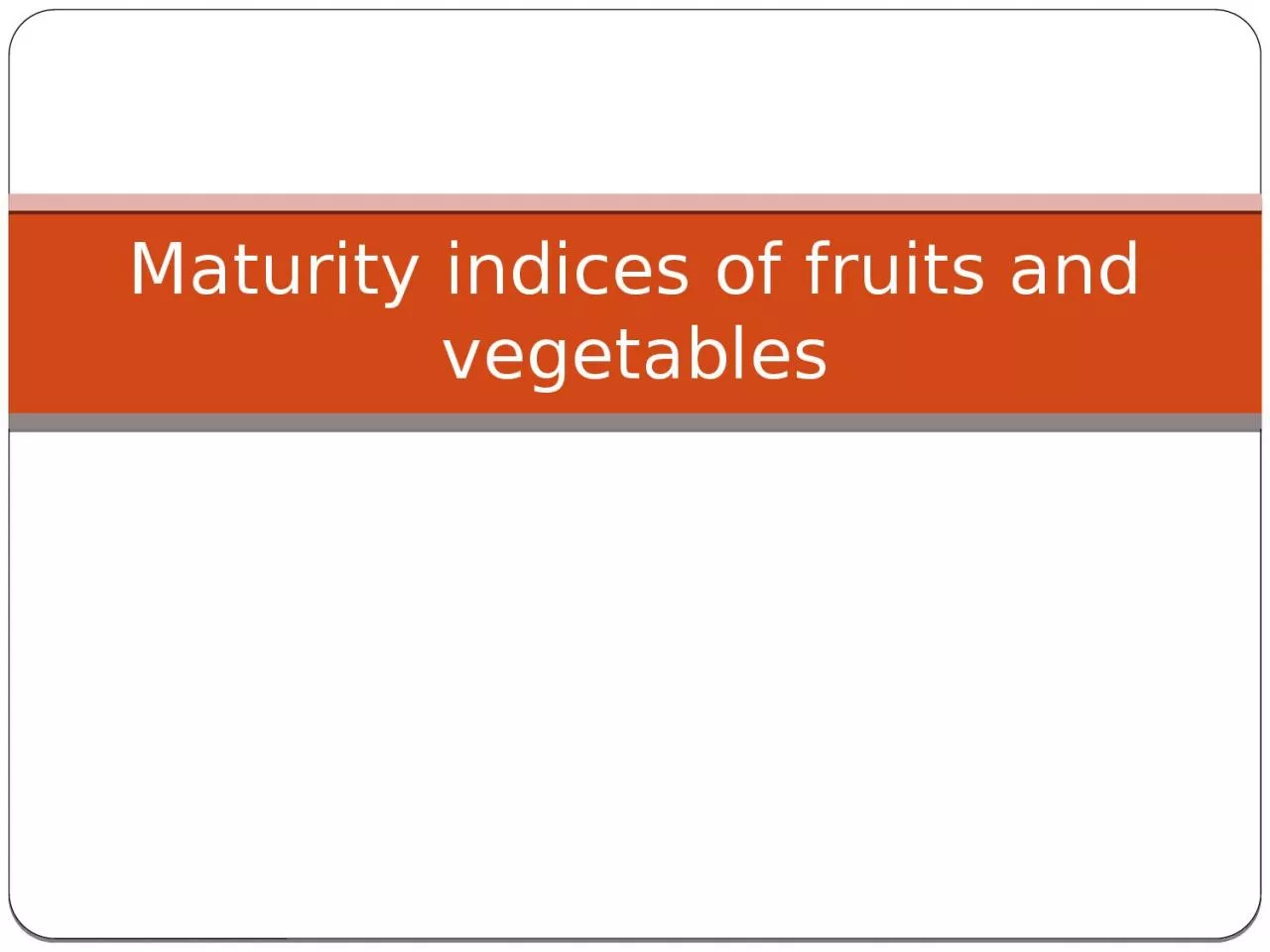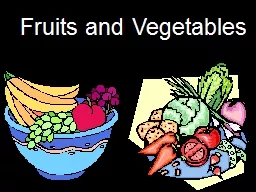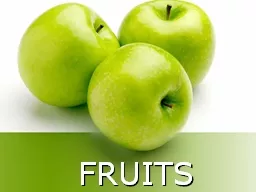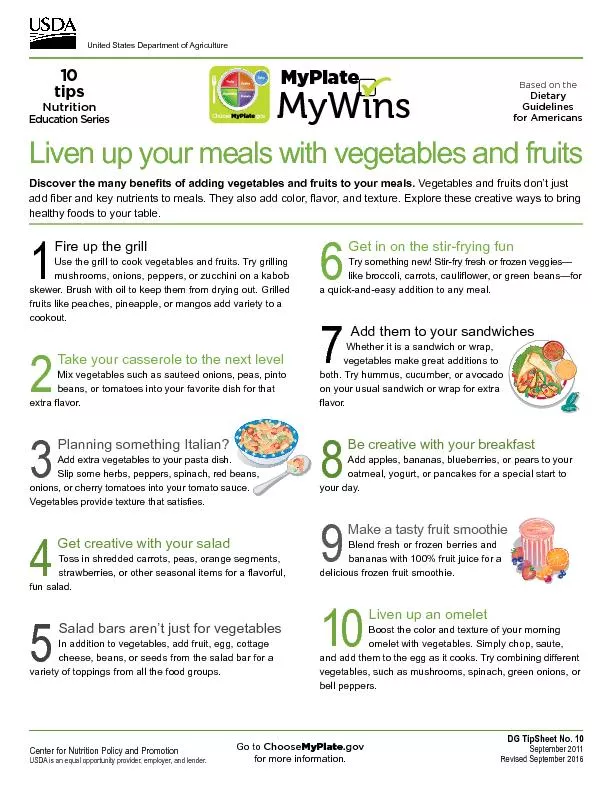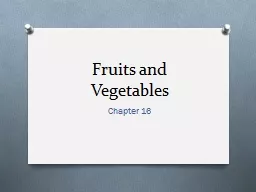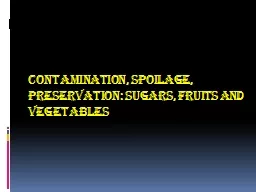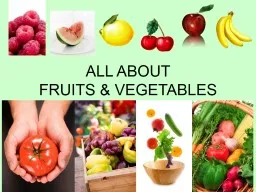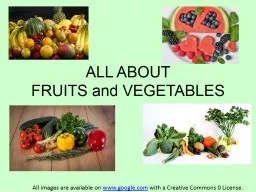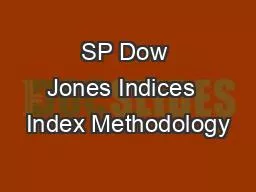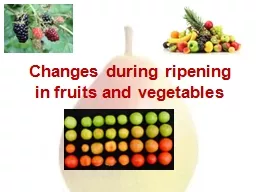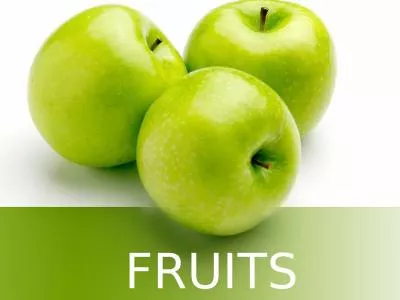PPT-Maturity indices of fruits and vegetables
Author : queenie | Published Date : 2023-10-27
MATURITY It is the stage of fully development of tissue of fruit and vegetables only after which it will ripen normally During the process of maturation the fruit
Presentation Embed Code
Download Presentation
Download Presentation The PPT/PDF document "Maturity indices of fruits and vegetable..." is the property of its rightful owner. Permission is granted to download and print the materials on this website for personal, non-commercial use only, and to display it on your personal computer provided you do not modify the materials and that you retain all copyright notices contained in the materials. By downloading content from our website, you accept the terms of this agreement.
Maturity indices of fruits and vegetables: Transcript
Download Rules Of Document
"Maturity indices of fruits and vegetables"The content belongs to its owner. You may download and print it for personal use, without modification, and keep all copyright notices. By downloading, you agree to these terms.
Related Documents

